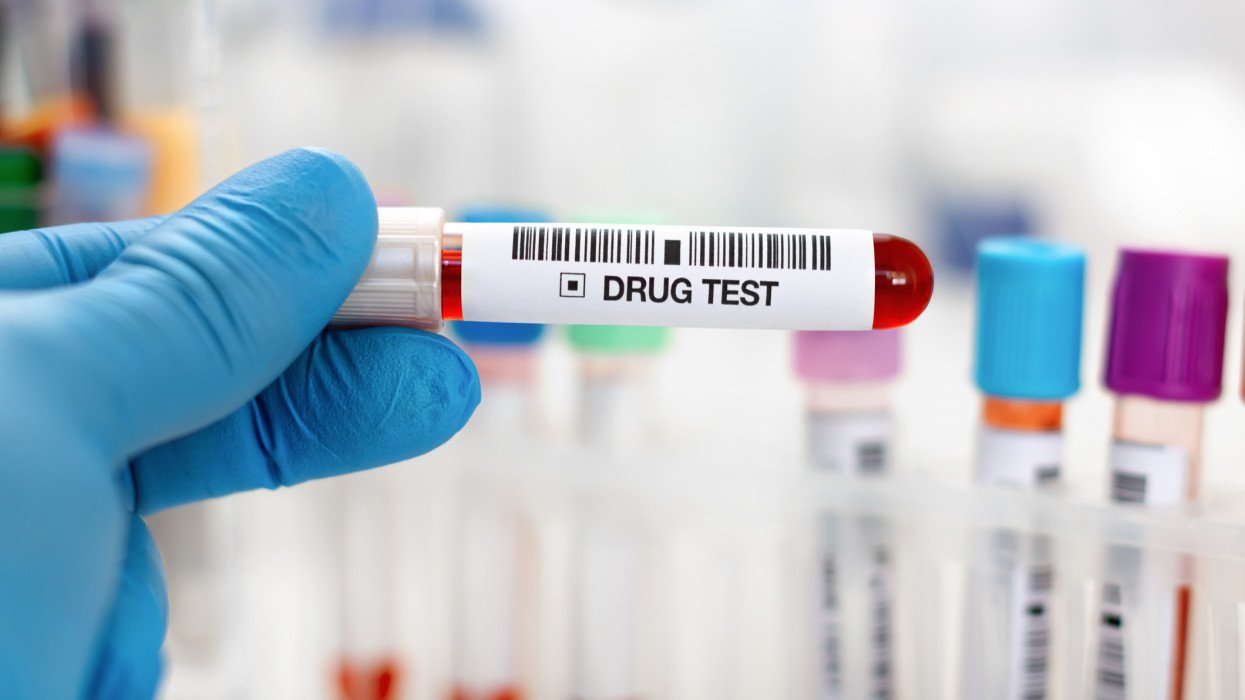For every firm, keeping the workplace safe and productive is essential. One of the most effective ways to achieve this is through comprehensive drug screening programs. Implementing these programs can help identify and mitigate risks associated with substance abuse, ensuring a safe and efficient working environment.
Drug screening is a proactive measure that contributes significantly to workplace safety. It helps in identifying individuals who might pose a risk due to substance abuse, ultimately fostering a safer workplace. Ensuring that employees are sober and focused in construction, healthcare, or any other industry can improve overall safety and productivity.
Understanding the Importance of Drug Screening
Drug screening is more than just a legal obligation for specific roles; it serves as a preventative measure to ensure workplace safety. By conducting drug tests, companies can detect potential substance abuse issues before they escalate into serious problems. This proactive strategy protects the work environment and supports the morale and well-being of all employees.
Understanding the types of drugs being screened and the testing methods used can further enhance the effectiveness of drug screening programs. For instance, including both random and pre-employment drug tests can deter drug use and identify issues early. Thus, drug screening helps maintain safety and is a cornerstone for long-term health and productivity.
Types of Drug Testing
Different kinds of drug testing can be utilised at work, and each has its benefits. The most common type of drug test is a urine test, which may tell if someone has used drugs recently. Hair testing can show drug use over a more extended period, whereas saliva tests are less invasive but still give accurate results. The type of test you need depends on the needs of your organisation.

Implementing a Drug Testing Policy
For drug testing to work correctly, there needs to be a clear policy in place. The policy should say why tests are done, what kinds of tests are utilised, and what happens if someone tests positive. Ensuring that staff understand the policy clearly helps it work and encourages a culture of safety and responsibility.
Legal Considerations for Drug Testing
It’s important to know what the law says before starting a drug testing program. The rules of drug testing are different in each state. Talking to lawyers makes sure that your policy follows all the regulations and protects your employees’ rights.
The Impact on Employee Morale
Drug testing can make the workplace safer and more productive, but it’s also necessary to think about how it affects employee morale. Being open about why testing is needed and how it helps everyone might help ease worries. Offering help to employees who test positive, including counselling or rehab programs, shows that you care about their health.
Addressing Common Concerns
When it comes to drug testing, workers may be worried about their privacy and impartiality. It is critical to talk about these problems in an open and honest way. Make sure that the testing procedure is private and that everyone is treated the same. This method helps the people who work there trust and accept each other.
Case Studies on Successful Implementation
Many groups have effectively put drug testing protocols into place that have worked well. For example, a manufacturing company saw a 30% drop in accidents at work when they started doing random drug tests. Another company said that absenteeism went down a lot, and overall productivity went up. These case studies show how drug testing can help in real life.
Reducing Workplace Accidents
Workplace accidents have been connected to a rise in substance addiction. Workers who are intoxicated have a higher probability of making mistakes that result in harm or even death. Research suggests that workers who abuse drugs or alcohol are 3.6 times more likely to be involved in a workplace accident. By conducting regular drug screenings, companies can significantly reduce these incidents.
Moreover, workplace accidents can have far-reaching consequences, from loss of productivity to legal ramifications. Implementing drug screening programs can help companies avoid these pitfalls. Regular testing ensures that employees are physically and mentally fit to perform their duties, thereby reducing the likelihood of accidents and promoting workplace safety.
Boosting Employee Productivity
Employees who abuse drugs or alcohol often exhibit decreased productivity and higher absenteeism rates. Drug screening helps identify such individuals, allowing management to take corrective actions. This, in turn, maintains or even enhances overall productivity. The NCADD estimates that the yearly cost to businesses of reduced productivity resulting from drug addiction is $81 billion.
By identifying and addressing these issues through drug screening, companies can save significant resources and foster a more productive work environment. Employees who know that their workplace prioritizes safety and well-being are likelier to be engaged and motivated, leading to better job performance and higher overall productivity.
Creating a Healthier Work Environment
A workplace where drug screening is the norm tends to discourage substance abuse among employees. It promotes a culture of responsibility and health, encouraging employees to seek help for their issues. This can lead to a healthier and more engaged workforce. Employers prioritizing health and safety attract talent because prospective employees are more likely to be lured to such environments.
Additionally, fostering a culture that values health can positively impact employee morale. Workers are more likely to feel supported and appreciated, leading to better teamwork and higher levels of job satisfaction. Over time, this can contribute to lower turnover rates and a more stable, committed workforce.
Legal and Regulatory Benefits
Many industries have specific regulations regarding drug use among employees. Drug testing assures adherence to these rules, lowering the possibility of legal problems and fines. For more details, refer to the regulatory requirements provided by OSHA. Non-compliance can lead to severe penalties, harming a company’s reputation and financial standing.
Adhering to legal requirements also builds trust with clients and stakeholders. It shows that a company is committed to maintaining high standards of safety and ethics. This commitment can elevate a company’s market position, possibly creating more business opportunities.
Employee Assistance Programs (EAPs)
Integrating employee assistance programs with drug testing can provide support for workers experiencing substance addiction issues. Resources such as counseling and rehabilitation can help employees overcome challenges, creating a supportive work environment. Employee assistance programs (EAPs) are intended to provide employees with confidential support for various difficulties, including substance misuse.
Such programs can benefit individuals and the organization as a whole. They enable employees to receive the help they need without fear of stigmatization or job loss. This proactive approach can reduce turnover and help retain valuable employees. Learn more about regulatory requirements regarding EAPs and drug screening.
Best Practices for Implementing Drug Screening
To ensure the effectiveness of a drug screening program, it is essential to follow best practices. These include having a clear policy, ensuring confidentiality, and providing educational resources. Clear guidelines must be communicated to all employees so they understand the importance and procedures of the drug screening program. Confidentiality is crucial to maintaining trust and integrity in the screening process.
Offering instructional materials can assist staff in comprehending the dangers of substance use and the advantages of a drug-free workplace. For additional guidelines, you can check out materials on creating effective policies. Such resources can ensure that your drug screening program is fair, effective, and legally compliant.
Conclusion
Drug screening is an integral part of maintaining workplace safety and efficiency. Implementing these initiatives may improve productivity, lower accident rates, and foster a healthier work environment. Drug testing may be helpful for any company looking to create a secure and effective work environment.
FAQs
1. Why is drug screening important in the workplace?
Drug screening helps ensure employee safety, reduces accidents, and supports a productive and healthy work environment.
2. What types of drug tests are commonly used?
Urine, hair, and saliva tests are most common—each varies in detection window and invasiveness.
3. How can drug testing affect employee morale?
When done transparently and fairly, drug testing can boost morale by showing a commitment to health and safety.
4. Are there legal requirements for implementing drug screening programs?
Yes, legal requirements vary by region and industry, so consulting legal experts ensures compliance and protects employee rights.
5. How can companies support employees who test positive?
Through Employee Assistance Programs (EAPs), which offer confidential counseling and rehabilitation resources.








